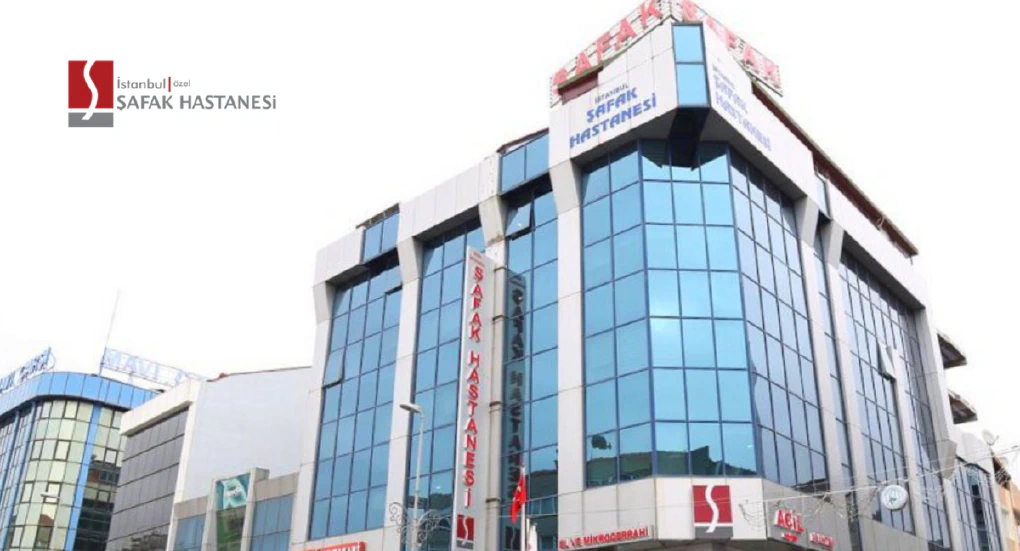
Health Tourism
Our country, which has a strong tourism potential, has become a trend in health tourism with its geographical location, …

Fibroids are benign tumors originating from the muscle layer of the uterus. Most common in women aged 30-40 years, fibroids rarely occur in adolescence and young adulthood. Fibroids are seen in one out of every 5 women in reproductive age. They are more common in obese and non-given women. While it usually grows during childbearing and pregnancy, it generally shrinks in menopausal periods when hormones decrease. On the contrary, malignant (transformation into malignant-cancerous) transformation should be suspected in growing fibroids during menopause.
What are the symptoms?
In most of the patients, asymptomatic fibroids are detected incidentally during routine examination. The symptoms of fibroids differ according to their location and size in the uterus. The most common complaint of symptomatic patients is irregular, prolonged excessive bleeding. Anemia is usually detected due to excessive bleeding. Large sized fibroids are in the lower abdomen. It causes problems such as pain, bloating, indigestion, frequent urination, low back pain, feeling of pressure in the breech region, painful sexual intercourse. In addition, fibroids can cause recurrent miscarriages, premature birth, infertility due to mass effect in the uterus. When looked at, patients are thought to be pregnant.
How is the diagnosis made?
Diagnosis can usually be made easily by physical examination and ultrasonography. In doubtful cases, MR examination may be required.
How is it treated?
Small fibroids that are not detected by chance and do not cause complaints can be monitored with periodic examinations. However, fibroids that cause complaints or large in size should be treated. Treatment options vary according to the age of the patient, whether they have children, the degree of complaints, and the location of the fibroids. The treatment in fibroids is mostly surgery. In general, the preference is to remove only fibroids or fibroids while preserving the uterus. Complete removal of the uterus is also one of the options in order to eliminate the risk of recurrence in patients over the age of 40 who have completed the number of children. However, the patient’s request is kept in the foreground. selected accordingly.For example, while a uterine fibroid is treated with hysteroscopic method, large and multiple fibroids are removed by open operation. In appropriate cases, laparoscopic method is also one of the options. Drugs and radiological interventions to shrink fibroids can also be applied in patients who do not have a chance for surgery.
As a result, myomas, one of the most common gynecological problems in women, can be eliminated with appropriate treatment options. Therefore, when you have the above-mentioned complaints, you should definitely apply to a gynecological and obstetrician. I wish you all a healthy day.
Private İstanbul Şafak Hospital

Our country, which has a strong tourism potential, has become a trend in health tourism with its geographical location, …

1. Pay attention to fluid consumption The calories of the liquid consumed in the summer may not be considered important. …
Contact us before it’s too late for your health.
Don’t delay your health.